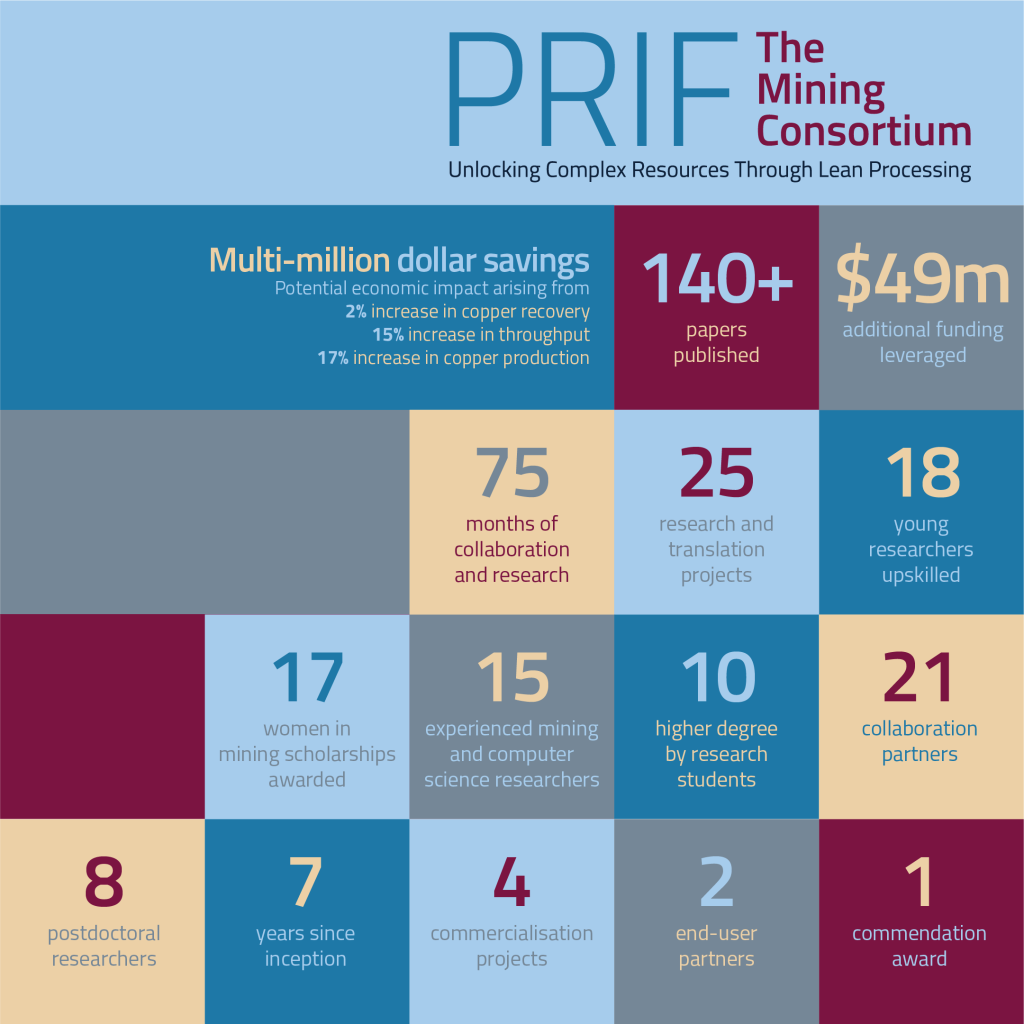September 2024 Issue Index
Unlocking future copper resources
Researchers participating in the Maptek co-sponsored Integrated Mining Consortium that wrapped up in August 2024 reflect on their experience and achievements.
An Adelaide-based consortium of universities, METS partners, mining companies and research groups has unlocked significant economic potential through innovative projects.
The initiatives aim to enhance copper recovery, throughput and production while ensuring operations are conducted safely, sustainably and with reduced water and energy consumption.
The Integrated Mining Consortium was established in 2017 and funded by the South Australian Premier’s Research and Industry Fund (PRIF) to run under a banner of ‘Unlocking complex resources through lean processing’.
The initial phase involved two programs that targeted challenges defined by end-user partners BHP and Oz Minerals (now part of BHP). The project life was extended into 2024 to allow for Consortium activities around commercialising the research.
Translation partners such as technology providers Maptek, Eka and Magotteaux were crucial in defining these steps, supporting research with software licensing, mentoring and real-world datasets.
The final report from the Consortium estimated that the research and commercialisation activities would deliver multimillion dollar savings predicated on a 2% increase in copper recovery, 15% increase in throughput and 17% increase in production.
Maptek is pleased to publish the reflections from several of the researchers that provide a snapshot of achievements arising from the project.
Let science make magic happen!
Postdoctoral Research Fellow Difan Tang helped to develop a new sensor that can measure and report, online and in real-time, the particle sizes of mineral slurries conveyed in pipes.
He was excited about minimising energy consumption and chemical usage while maximising valuable mineral extraction to ultimately boost profitability in the mining industry.
Tang relished that his work contributes to freeing operators from tedious manual sampling and examination of mineral slurries, which may be radioactive. He sees the potential to integrate the new sensor into control systems to automate mineral grinding and size classification.
Tang’s young daughter thinks of his sensing rod as magic, since it ‘makes money’ for people, and his research has inspired her to become a scientist.
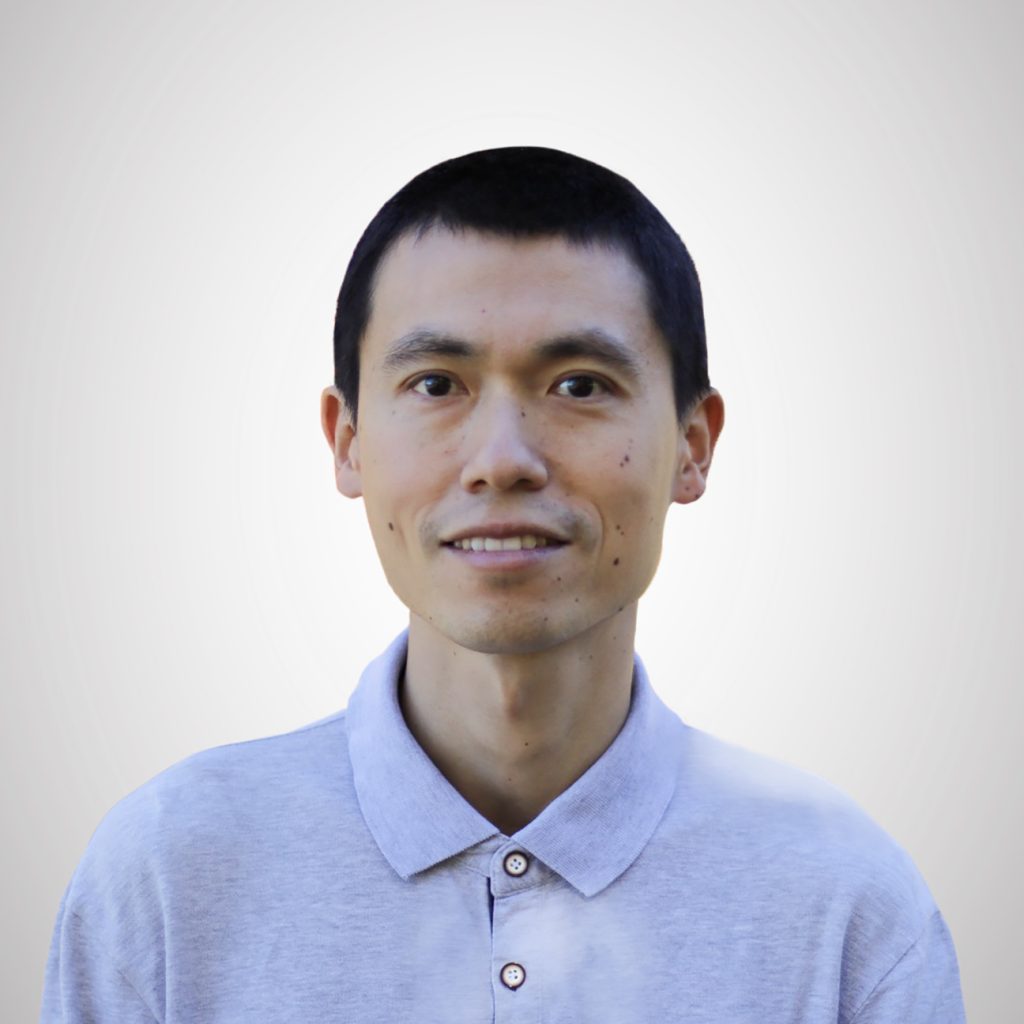
Maths enhances understanding
Applied Mathematician Kirsten Louw worked on a project that aimed to model diffusion of Fe3+ ions in metal organic frameworks and solve non-linear diffusion equations using symmetry analysis.
She reported that some non-believers thought the highly theoretical nature of mathematics would not be useful to the group, but were won over.
Applying mathematics to better understand the behaviour between a sensor and the metal ion it is sensing allowed Louw to recommend to chemists how changing sensor properties could optimise sensor readings.
Louw appreciated how cross-pollination of ideas from different areas can drive innovation. She enjoyed working on a project that could potentially also improve outcomes in non-mining industries.
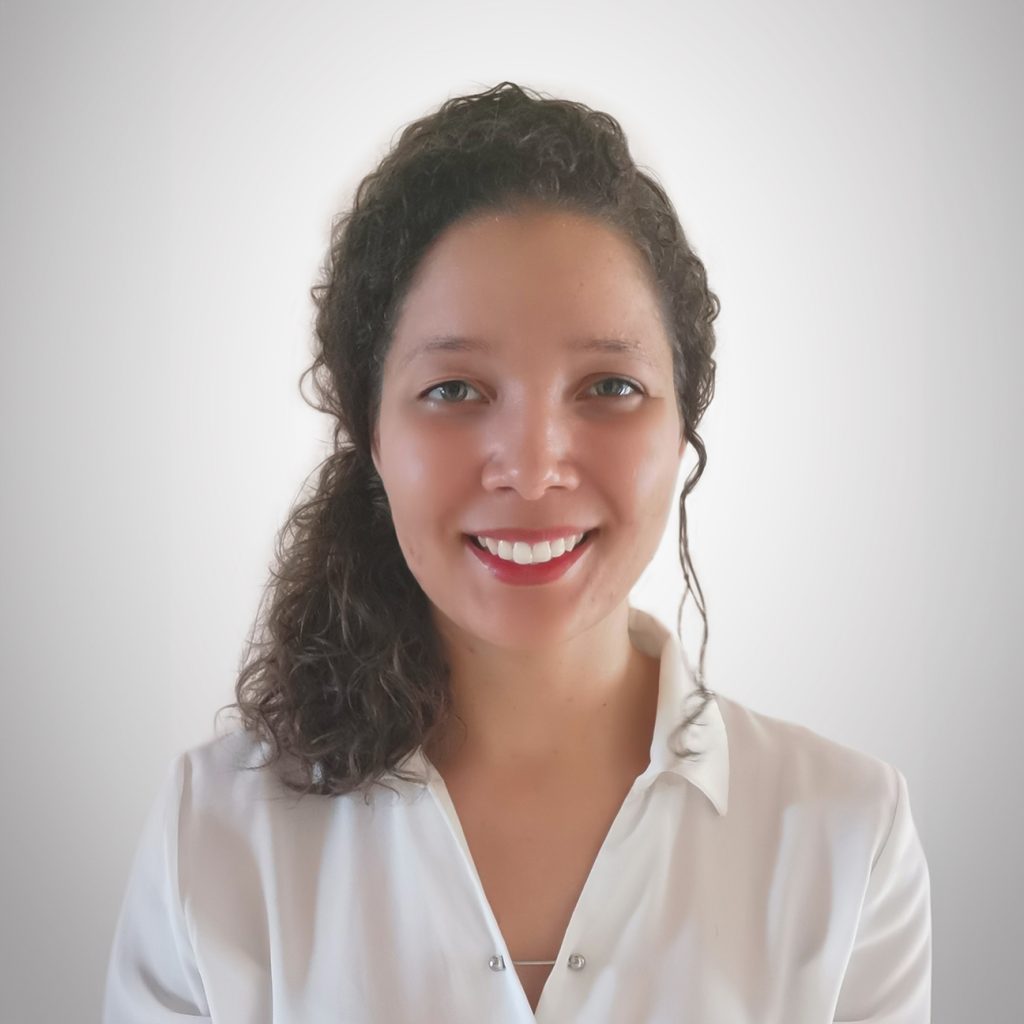
Speed of AI cloud computing exceeds expectations
Dr Yerniyaz Abildin completed his PhD on a project comparing explicit, implicit and geostatistical modelling with machine learning. He highlighted the stunning speed of AI models generated with Maptek DomainMCF that exceeded his expectations.
Abildin notes that mining companies could do more to exploit the unused data that has been painstakingly collected. He hopes that they will increasingly leverage machine learning to optimise operations, reduce environmental impact, and enhance safety standards.
Although not a geologist, Abildin discovered useful features in geological modelling software, and has continued his postgraduate research in collaboration with Maptek.

Tailoring complex concepts to a wide audience
Postdoctoral Researcher Hirad Assimi hopes that mining companies significantly boost their support for innovation and research in electrification and digitalisation to meet the growing demand for carbon neutral production of minerals essential for green technologies.
Computer scientist Assimi’s specialist topic was resource heterogeneity modelling from trucking to multiple stockpiles to mill feed. His solution fine tunes stockpile management, resulting in smarter decision making, while undesirable properties stay within acceptable bounds.
He found describing outcomes and tailoring the message to audiences from diverse backgrounds as unexpectedly enlightening, especially when developing concepts ready for commercialisation.
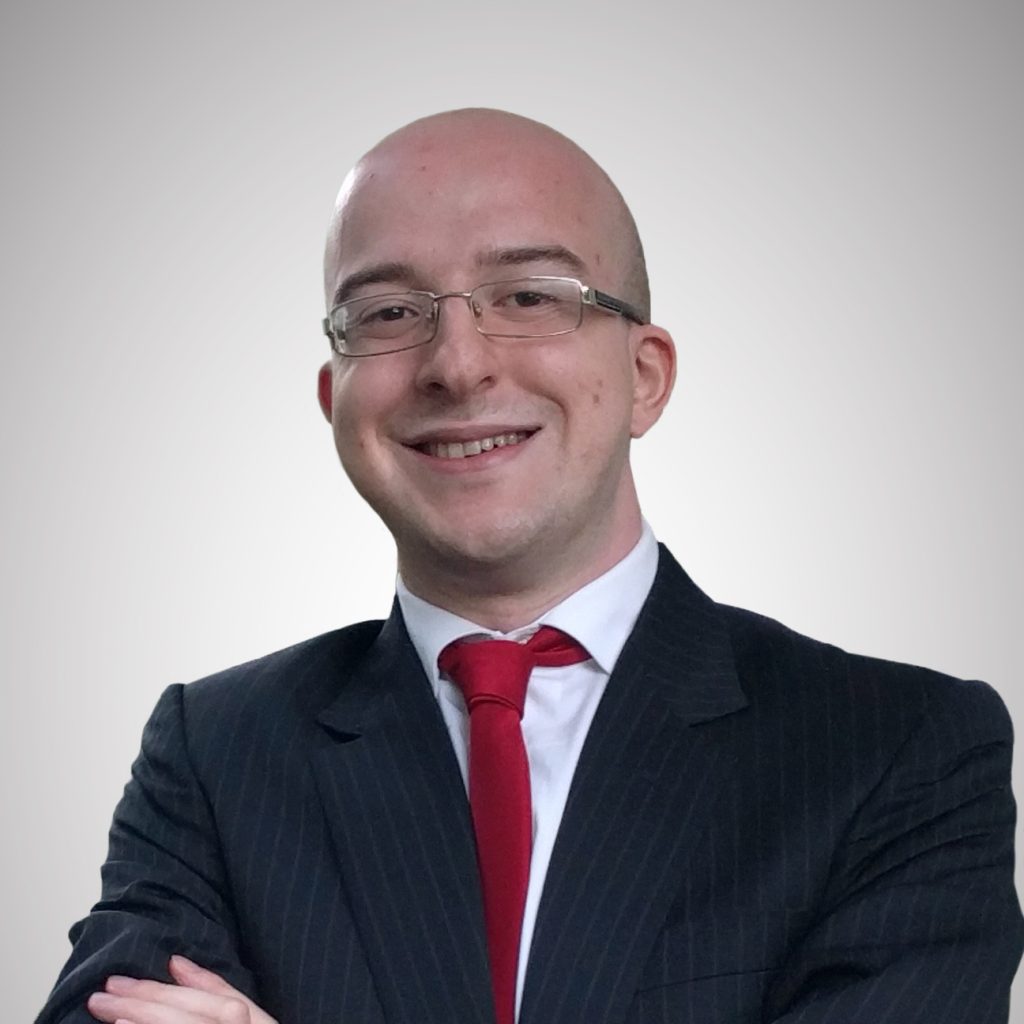
Extending research into business performance
Postdoctoral Robotics Researcher Shi Zhao sees that expanding the use of robotics and AI across various stages of the mining process can increase efficiency, accuracy and worker safety, and reduce the environmental footprint.
His project aimed to optimise Load-Haul-Dump operations and provide precise quality control for Run-Of-Mine stockyards using computer simulated 3D stockpile models.
The proposed system alleviates stress for mine managers and promotes agile decision making for meeting the required quality and quantity within a small margin. The solution helps reduce greenhouse gas emissions by minimising reclaiming time.
He found that building 3D stockpile models in near real-time enabled assay results to be incorporated as they became available, improving the accuracy of quality assessments.
Read more about the Integrated Mining Consortium
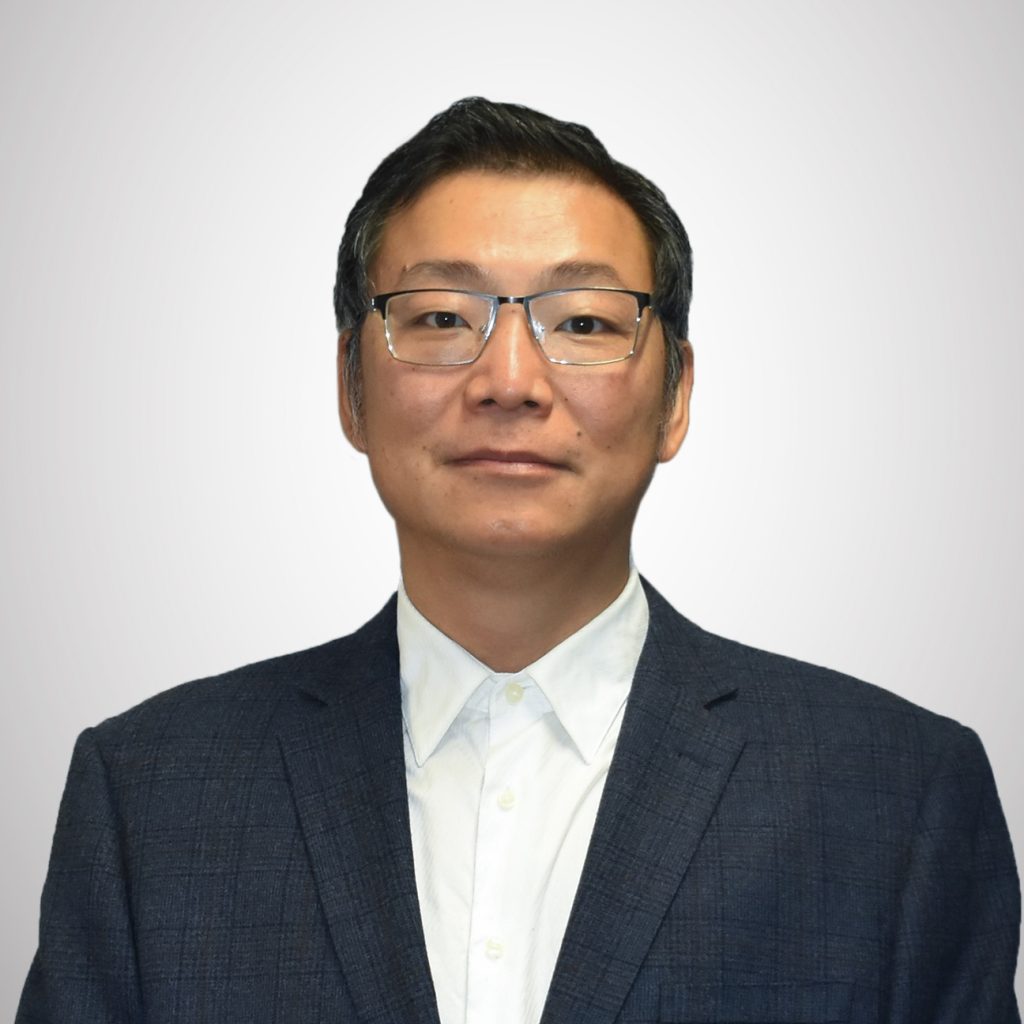
- Research initiated by an Adelaide-based consortium will enhance future copper recovery, throughput and production
- Maptek was among the sponsors and translation partners defining the steps to turn the research into reality
- Researchers across engineering, maths and computer science shared the highlights of their project experience and their hopes for the future of the resources industry
Integrated Mining Consortium
The Integrated Mining Consortium was established in 2017 and funded by the South Australian Premier’s Research and Industry Fund (PRIF) to run under a banner of ‘Unlocking complex resources through lean processing’.
During the initial phase, two programs targeted challenges defined by end-user partners BHP and Oz Minerals (now part of BHP). An extension granted in early 2023 allowed for Consortium activities around commercialising the research.
Translation partners such as technology providers Maptek, Eka and Magotteaux were crucial in defining the steps to turn the research into reality. While copper was the initial beneficiary, multiple commodity sectors could benefit from the applied research.
The multi-million dollar economic gain is predicated on a 2% increase in recovery, 15% increase in throughput and 17% increase in copper production.
